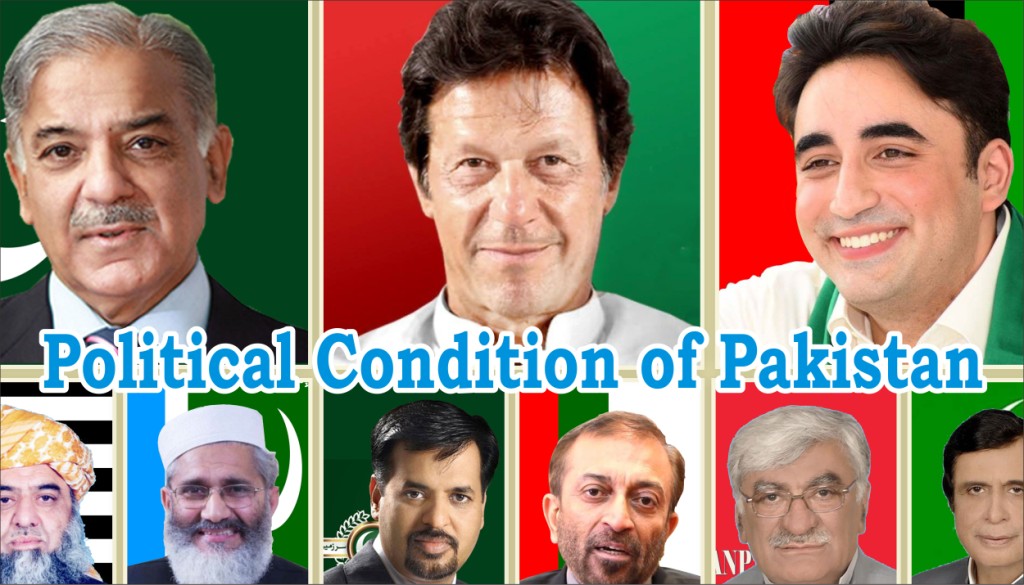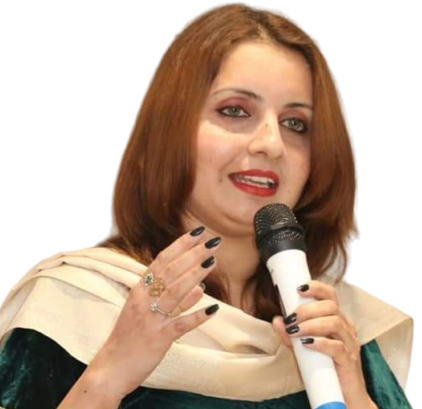The Current Political Condition of Pakistan
Pakistan is a country with a long and turbulent history. Since its independence in 1947, it has experienced numerous political upheavals, including military coups, civilian uprisings, and insurgencies. The current political condition of Pakistan is no exception.
The current government of Pakistan is led by Prime Minister Shehbaz Sharif. Sharif is the younger brother of former Prime Minister Nawaz Sharif, who was ousted from power in 2017. Shehbaz Sharif’s government came to power in April 2022, following the ouster of Imran Khan’s government through a no-confidence motion.
The political situation in Pakistan is currently very volatile. There is a great deal of political instability, and there is a real risk of further instability in the future. This is due to several factors, including:
The ongoing rivalry between the two major political parties in Pakistan, the Pakistan Muslim League-Nawaz (PML-N) and the Pakistan Tehreek-e-Insaf (PTI).
The growing influence of the military in Pakistani politics.
The threat of terrorism and extremism.
The ongoing rivalry between the PML-N and the PTI is a major source of political instability in Pakistan. The two parties have been at loggerheads for many years, and their rivalry has only intensified since the PTI came to power in 2018. The PML-N has accused the PTI of corruption and incompetence, while the PTI has accused the PML-N of being corrupt and dynastic.
The growing influence of the military in Pakistani politics is another major source of instability. The military has a long history of intervening in Pakistani politics, and it has often been accused of rigging elections and overthrowing civilian governments. The military’s involvement in politics has only increased in recent years, and it is now seen as a major obstacle to democracy in Pakistan.
The threat of terrorism and extremism is also a major source of instability in Pakistan. Pakistan is home to many terrorist groups, including the Taliban and the Haqqani Network. These groups have been responsible for numerous terrorist attacks in Pakistan, and they pose a serious threat to the country’s security.
The current political condition of Pakistan is very challenging. The country is facing some serious problems, including political instability, economic problems, and security threats. It is unclear how the current government will be able to address these problems, and the country may face further instability in the future.
The Future of Pakistan
The future of Pakistan is uncertain. The country is facing many serious challenges, and it is unclear how the current government will be able to address them. However, there are some reasons to be optimistic about Pakistan’s future.
The Pakistani people are resilient and resourceful. They have faced many challenges in the past, and they have always managed to overcome them. The Pakistani economy is also growing, and the country is becoming more integrated with the global economy.
If the Pakistani government can address the country’s political instability and security threats, then Pakistan has the potential to become a prosperous and stable country. However, if the government is unable to address these problems, then Pakistan’s future will be uncertain.
Conclusion
The current political condition of Pakistan is very challenging. The country is facing several serious problems, including political instability, economic problems, and security threats. It is unclear how the current government will be able to address these problems, and the country may face further instability in the future. However, there are some reasons to be optimistic about Pakistan’s future. The Pakistani people are resilient and resourceful, and the economy is growing. If the government can address the country’s political instability and security threats, then Pakistan has the potential to become a prosperous and stable country.

